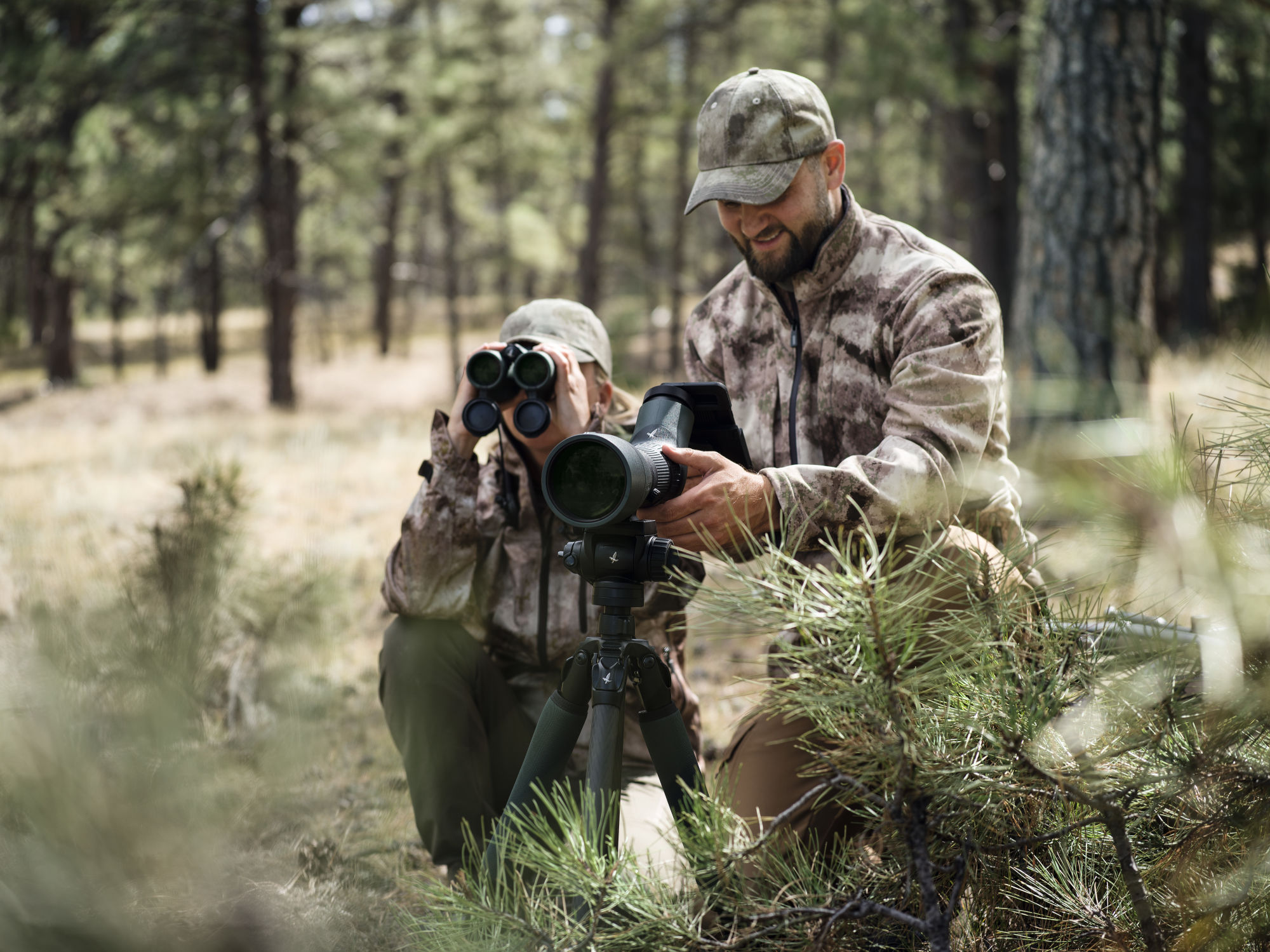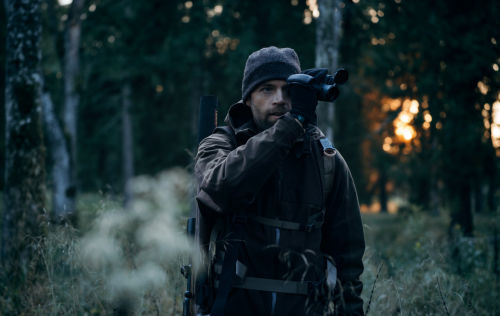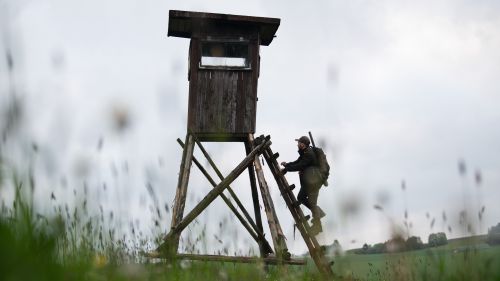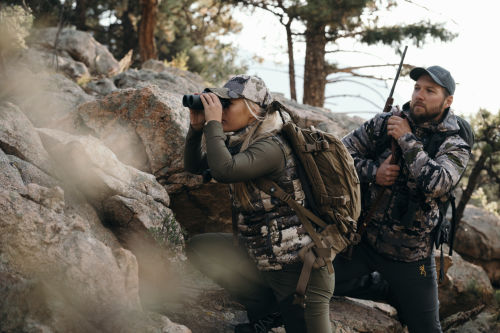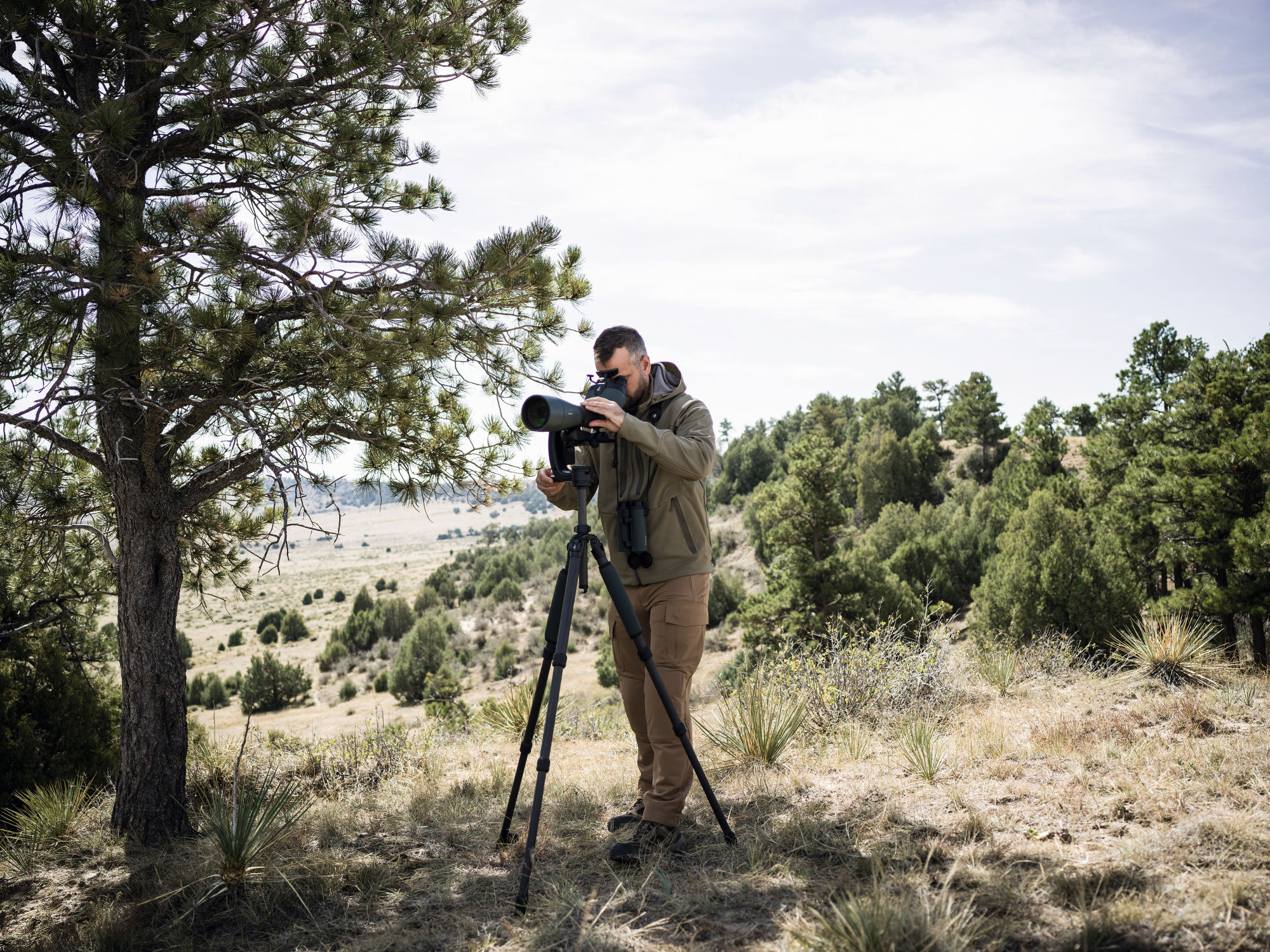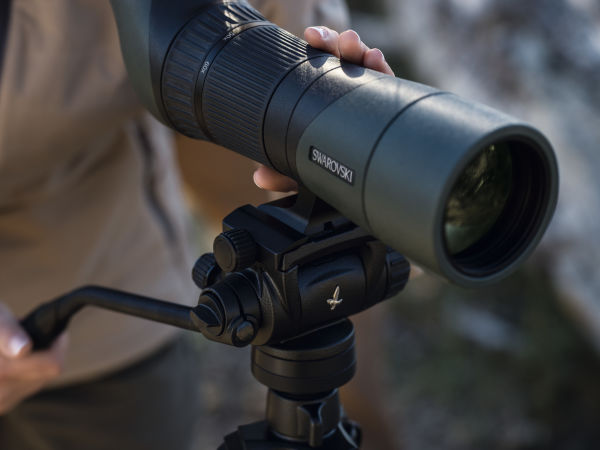
1.
START SMALL
When you’re trying to pick out a bird or animal, set the spotting scope to a small magnification. This makes the field of view – and hence the image that you see – much bigger. Once you have homed in on your target, you can zoom in and check out all the small details. Adjust the focus for maximum sharpness.

2.
IDENTIFY LANDMARKS
It is useful to identify landmarks in the terrain when trying to pick out an animal. Look for distinctive features through the spotting scope, then shift your gaze toward your target. Some spotting scopes have sighting aids to help you find your target more easily.

3.
STABLE SUPPORT
If the spotting scope moves, it is harder to find your target. That’s why a tripod is ideal, but even a soft backpack or car roof can provide extra stability.
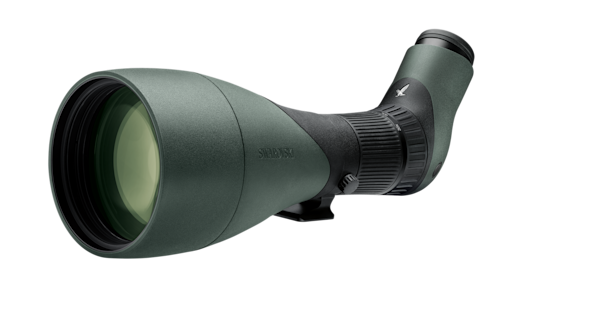
4.
STRAIGHT OR ANGLED?
At first, it might seem easier to find your target by looking straight on, but in fact it is more relaxing to observe from an angle. It is easier on your neck if you look slightly downward.
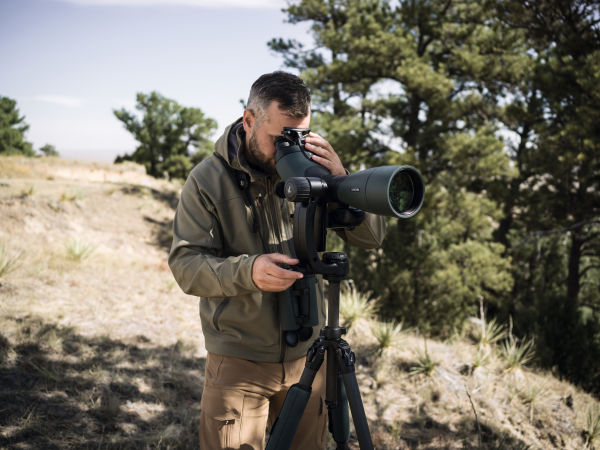
5.
ONE OR TWO EYES?
The most natural way to observe is using both eyes. In recent years, the latest spotting scopes have offered the option of a binocular attachment that allows you to use two eyes. Try it out for yourself and see the difference.
6. KEEP AT IT!
Like anything, using a spotting scope is a skill that can be learned. So
don’t be put off if you find it difficult at first.
Getting closer to nature is such an amazing and rewarding experience. Find out more about our flexible spotting scope sets, discover greatness in the smallest details with our new 115-mm objective module.
#SEETHEUNSEEN
